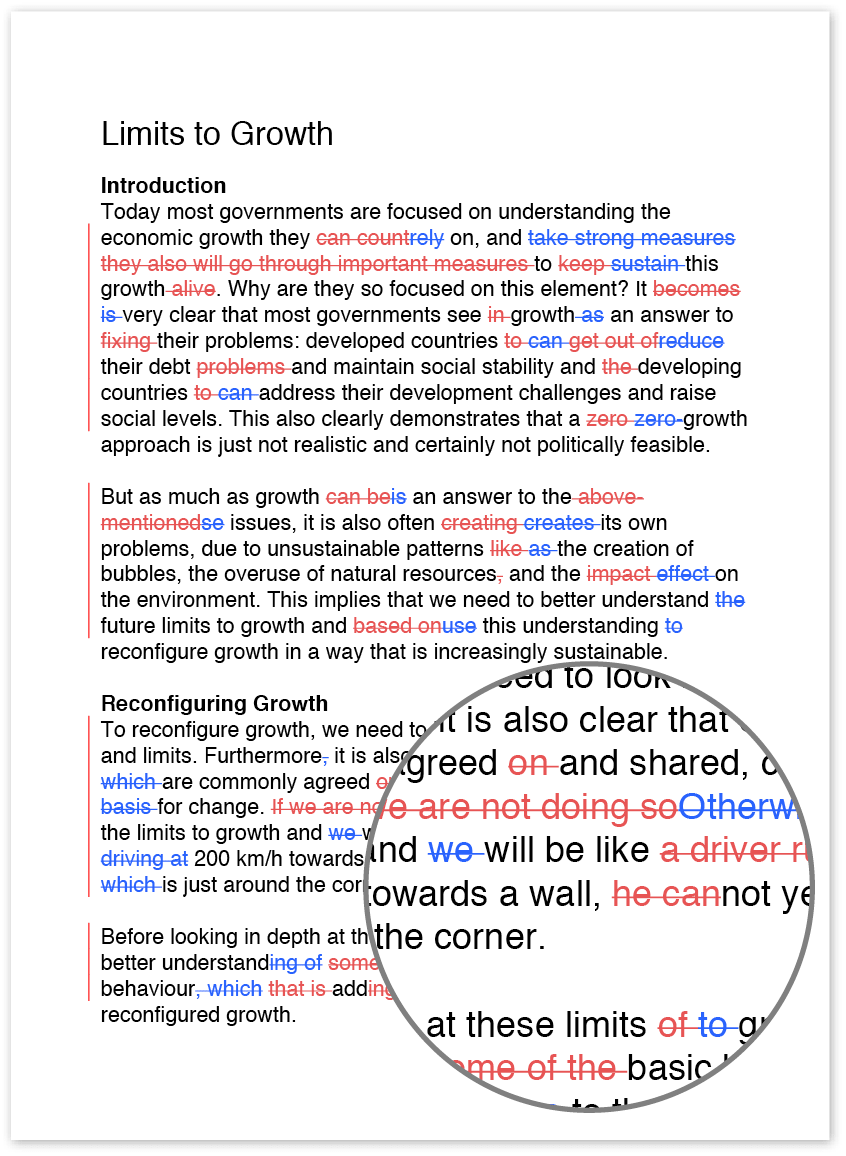Writing for a blog
Whether you’re creating your first blog of your own, trying to increase your audience for your current blog, or writing posts for your company’s blog, coming up with high-quality posts that readers enjoy and share can be difficult.
As you’re creating posts, keep the following tips in mind to begin writing outstanding posts.
Remember who your audience is
You might have a blog focusing on taking care of pet rabbits or you might be writing posts highlighting your company’s accomplishments. Regardless of what you’re writing about, you should first determine who makes up your audience and write posts that will engage them.
If you’re writing about pet rabbits, you can likely write in a more informal, casual style than you can if you’re writing posts for your company, which likely wants you write in a professional manner.
Likewise, if you’re writing about highly technical topics, the level of advanced language and terms you can use will vary depending on whether your audience consists of experts who already know a lot about the field or laypeople who don’t have much knowledge about your topic.
Organize your posts
This organization refers to individual posts and series of posts. In individual posts, remember to follow a structure that makes sense for the reader. For example, try to write an introduction in which you introduce the idea you’re writing about, then write the body of the posts (which includes the main content of the post), and then provide a conclusion in which you sum up what you’ve written.
If you are writing for a company or if you’re trying to increase engagement on your page, you may wish to include a call to action at the end of the post, such as “Contact us for more information” or “Leave a comment below with your thoughts.”
In a series of posts, remember to provide the information readers need to understand your topic in the first post—don’t wait until the end to explain key terms or provide background information. Each post should build on the knowledge provided in the previous post.
Make sure your title and first sentences are catchy
Your headline is what will make readers decide to click on your post, and they’ll decide whether to keep reading within the first two or three sentences. If your headline or your introduction is boring, readers will click away to find something else to read. However, don’t let the prospect of coming up with super-catchy titles and intros scare you.
It’s perfectly fine to write the body of the post first and then come back later to add a title and introduction. In fact, that extra time as you’re writing might be just what you need to come up with a great introductory paragraph.
Keep it simple
In the same way that readers will click away from your post if it’s not interesting and engaging at the beginning, they will click away if the post is too rambling or drawn out. Try to avoid tangents, provide relevant information, and don’t write in overly long sentences or paragraphs. Break up your text and keep it concise and clear.
Don’t worry if the content of your post doesn’t fall into place immediately
Sometimes you may need to start a post one day and then come back and finish it a day or a few days later. Once you start writing, you may find that you either don’t have enough information to create an engaging post or that you have too much to say.
If you don’t have enough information, take some time to do some additional research and make notes on what information you can include. If you have too much to say and your post starts getting too long, take time to think about what’s really important and what you want your audience to take away from the post. Then, go back and remove the irrelevant information and polish the text.
Check your work
Before you hit the “publish” button, check over your work to make sure it’s clear and accurate. Furthermore, check to make sure there aren’t any spelling, grammar, or punctuation errors. Whether you want your audience to see you as an expert in your topic or just to feel like they’re getting useful information from you, the importance of error-free text can’t be overstated.
It might help to have someone else read over your work before you publish it to make sure there aren’t any lingering errors.

